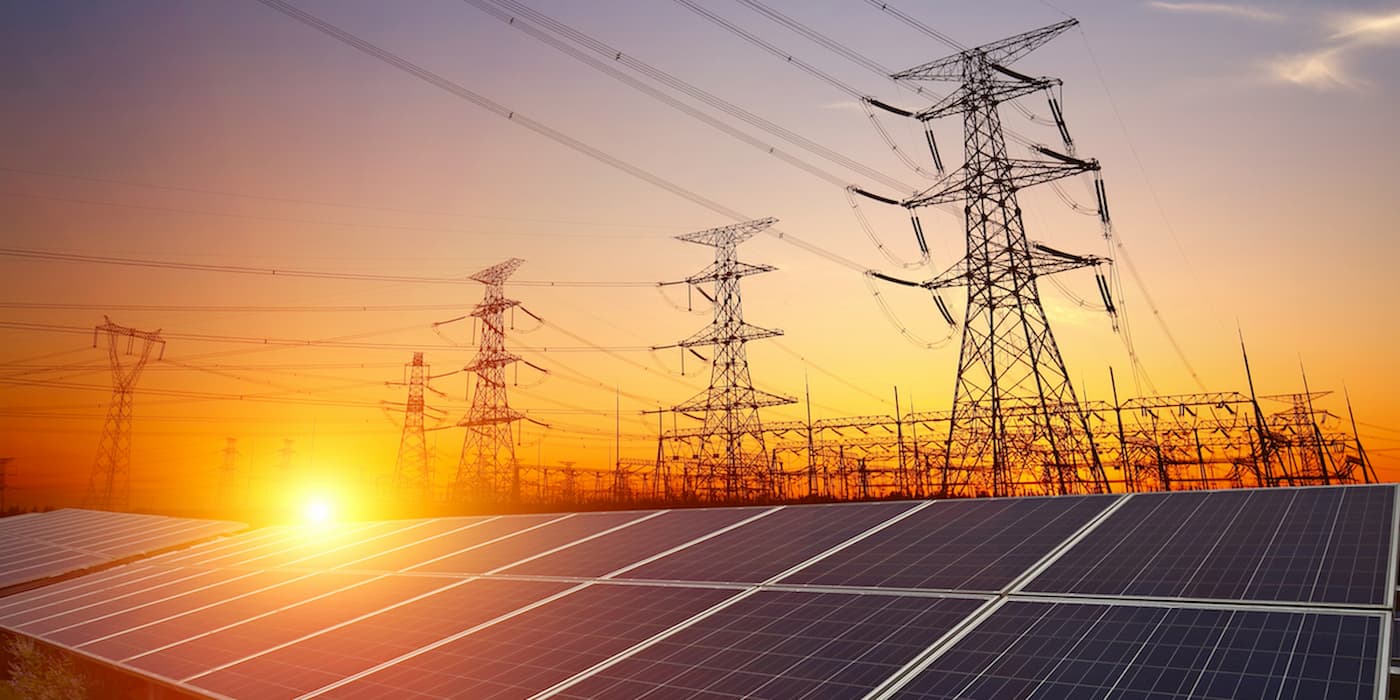
The US Department of Energy (DOE) today announced a $2.2 billion investment in the grid to create resiliency and growth.
The money will be put toward eight projects across 18 states to help protect the grid against extreme weather events, lower costs for communities, and create additional capacity to meet load growth, which the DOE cites as “stemming from an increase in manufacturing and data centers.”
The Bipartisan Infrastructure Law’s Grid Resilience and Innovation Partnerships (GRIP) Program is funding the projects:
The selections are made through Grid Innovation Program grants, one of three GRIP funding mechanisms that seek to deploy projects that use innovative approaches to transmission, storage, and distribution infrastructure to enhance grid resilience and reliability.
The GRIP Program funding represents the federal government’s single largest direct investment into critical grid infrastructure.
White House National Climate Adviser Ali Zaidi said, “The investments we are making today will enhance the strength and resilience of our grid, especially in the face of more climate-fueled extreme weather events like wildfires, flooding, and extreme heat.”
The newly selected projects will, according to the DOE, drive nearly $10 billion in total public and private investment. They’ll add nearly 13 gigawatts (GW) of grid capacity – the equivalent of 6.5 Hoover Dams of power – including 4,800 megawatts (MW) of offshore wind. The projects will create at least 5,000 jobs and upgrade more than 1,000 miles of transmission.
Two projects, Clean Path New York (New York Power Authority) and North Plains Connector (Montana Department of Commerce), will deploy large new transmission lines. The two lines, totaling about 625 miles, will increase grid capacity by about 4,300 MW by deploying HVDC technology.
Another project, the Tribal Energy Resilience and Sovereignty (TERAS) Project, will empower four Northern California tribes – the Hoopa Valley, Yurok, Karuk, and Blue Lake Rancheria Tribes – to develop Tribe-owned and -operated nested microgrids, bringing reliable and resilient power to an outage-prone area.
The full list of projects is here.
Read more: Hitachi Energy invests a further $4.5B to expand the electricity grid
To limit power outages and make your home more resilient, consider going solar with a battery storage system. In order to find a trusted, reliable solar installer near you that offers competitive pricing, check out EnergySage, a free service that makes it easy for you to go solar. They have hundreds of pre-vetted solar installers competing for your business, ensuring you get high-quality solutions and save 20-30% compared to going it alone. Plus, it’s free to use and you won’t get sales calls until you select an installer and you share your phone number with them.
Your personalized solar quotes are easy to compare online and you’ll get access to unbiased Energy Advisers to help you every step of the way. Get started here. –trusted affiliate link*
FTC: We use income earning auto affiliate links. More.





Comments